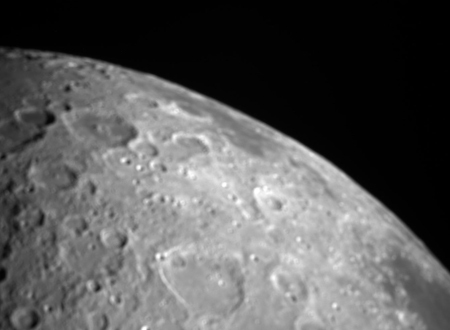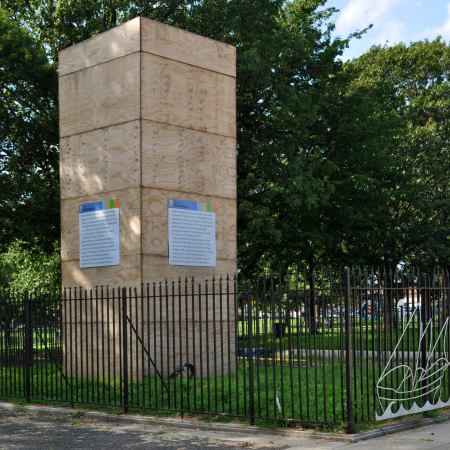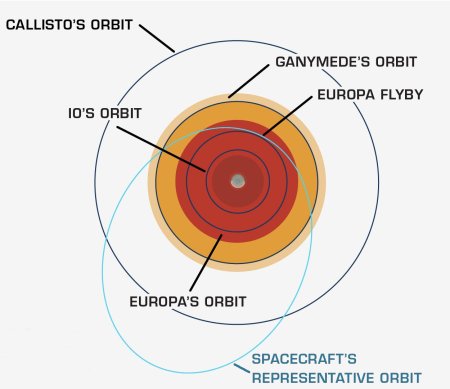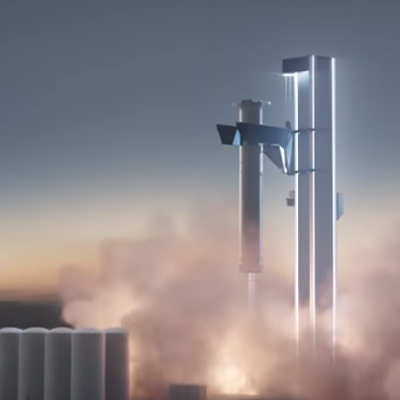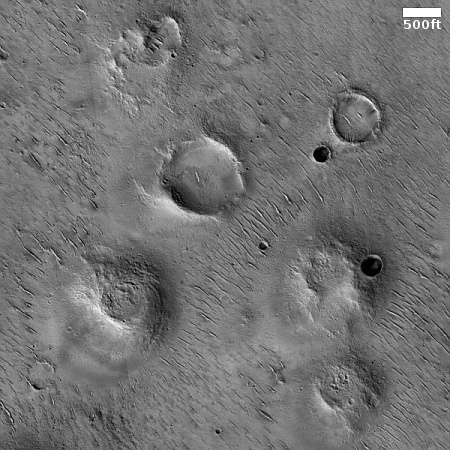China launches “Earth observation satellite”
China today successfully launched what its state-run press described as an “Earth observation satellite,” its Long March 4C rocket lifting off from its Jiuquan spaceport in northwest China.
No word on where the rocket’s first stage, using very toxic hypergolic fuels, crashed inside China. As for the satellite, it was described as something to “be used in a variety of fields including land surveys, urban planning, road network design, crop yield estimation and disaster relief.”
The leaders in the 2024 launch race:
100 SpaceX
47 China
11 Russia
11 Rocket Lab
American private enterprise still leads the rest of the world combined in successful launches 117 to 70, while SpaceX by itself now leads the entire world, including American companies, 100 to 87.
China today successfully launched what its state-run press described as an “Earth observation satellite,” its Long March 4C rocket lifting off from its Jiuquan spaceport in northwest China.
No word on where the rocket’s first stage, using very toxic hypergolic fuels, crashed inside China. As for the satellite, it was described as something to “be used in a variety of fields including land surveys, urban planning, road network design, crop yield estimation and disaster relief.”
The leaders in the 2024 launch race:
100 SpaceX
47 China
11 Russia
11 Rocket Lab
American private enterprise still leads the rest of the world combined in successful launches 117 to 70, while SpaceX by itself now leads the entire world, including American companies, 100 to 87.

